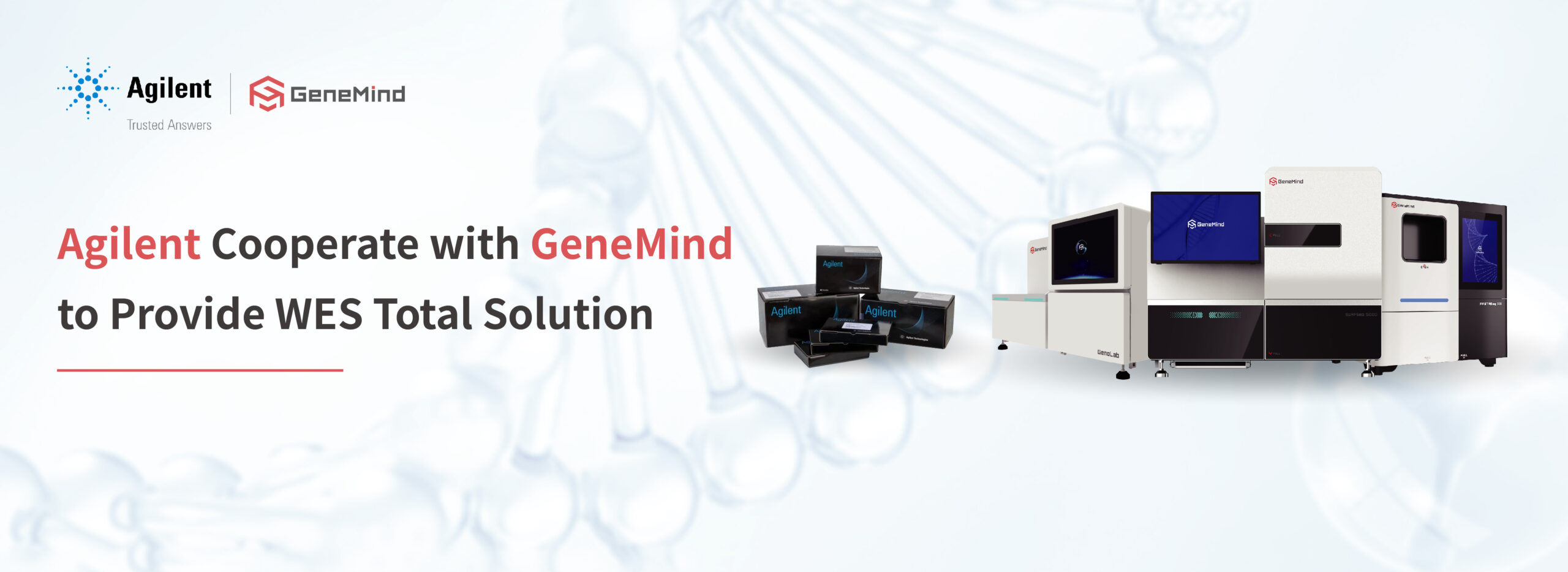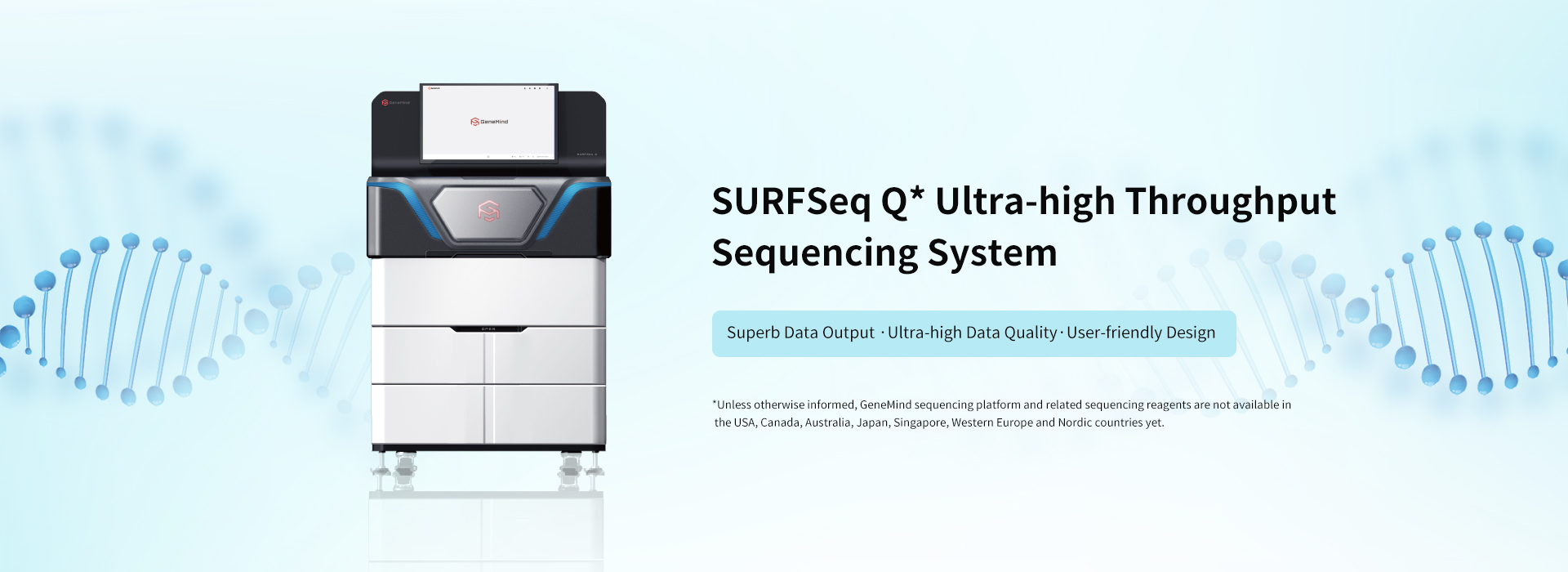Genetic sequencers in modern molecular diagnostics and research employ Next-generation Sequencing tests to decode DNA or RNA sequences. Hence, they enable precise genetic analysis for disease diagnosis, personalized medicine, and evolutionary biology studies. Meaningfully, these sequencers have altered our understanding of genetic disorders and pathogen genomics. It facilitates targeted therapy development and epidemiological tracking. The purpose of this article is to provide a comprehensive guide to genetic sequencers.

History of Genetic Sequencers
The history of DNA sequencers traces a journey of tech evolution from labor-intensive to high-throughput, automated systems. First-generation sequencers like Sanger’s ‘chain-termination’ method in the 1970s changed DNA sequencing with more accurate and longer sequencing reads. Still, it needed more throughput. This era witnessed polyacrylamide gel electrophoresis for fragment separation. It was an advancement over earlier 2-D fractionation methods. Notably, the ABI PRISM range, developed from Leroy Hood’s research and produced by Applied Biosystems, typifies this generation’s capabilities. It led to projects like the Human Genome Project.
Then, second-generation sequencers (454’s pyrosequencing and Illumina’s bridge amplification method) marked a hike in sequencing throughput with parallelized reactions. For example, 454 sequencers, later acquired by Roche, utilized emulsion PCR and pyrosequencing for clonal amplification. It enabled the sequencing of hundreds of base pairs per reaction. Similarly, Illumina’s technology used reversible-terminator nucleotides and solid-phase amplification for data output and efficiency increases. In the third generation, single-molecule sequencing technologies appeared. It was characterized by Pacific Biosciences’ SMRT and Oxford Nanopore Technologies’ nanopore sequencing, which provided longer reads and faster sequencing without DNA amplification. This discovery has untangled complex genomic architecture and epigenetic alterations[1].
Main Application of Genetic Sequencers
(1) Medical Research
Genetic sequencers are key in medical research for genomics and personalized medicine. Diagnosing genetic diseases enables precise identification of mutations and genetic variations, including copy number variations and single nucleotide polymorphisms. In drug development, sequencers aid in pharmacogenomics studies. They determine how genetic variations influence drug response for personalized therapies. It is helpful in cancer treatment; tumor sequencing can guide targeted therapy choices.
(2) Agricultural Research
Genetic sequencing technology is crucial in crop and livestock improvement in agricultural research. While analyzing the genetic makeup of plants and animals, researchers can find traits of drought tolerance, disease resistance, and yield improvement. For instance, sequencing the genomes of rice or wheat varieties resistant to pathogens develops new, more resilient strains. Similarly, in animal husbandry, sequencing traces genetic diseases and breeding programs focused on milk production efficiency or meat quality. It prompts healthier, more productive livestock.
(3) Environmental Science
Environmental science uses genetic sequencers for biodiversity monitoring and ecosystem management. They expedite species detection through environmental DNA analysis. It involves classifying genetic material in water or soil. The method monitors aquatic ecosystems or endangered species. Furthermore, sequencing assists with studying microbial communities in environments. Consequently, it provides insights into ecological functions and bioremediation processes, including how certain bacteria can break down pollutants in soil or water.
(4) Bioinformatics
In bioinformatics, genetic sequencers generate massive amounts of data that need computational analysis and interpretation tools. This field develops algorithms and software for sequence alignment and gene expression analysis and identifies genomic variants. An example is using machine learning algorithms to predict gene function based on sequence data. It helps to know complex genetic interactions. Bioinformatics is also key in the Human Genome Project. That’s where it assembles and annotates genomes for a framework for further biological research.

Basic Operation Procedure of Genetic Sequencers
- Sample Preparation:
First of all, DNA or RNA is extracted from the sample while confirming high purity and concentration. Then, the nucleic acids are quantified and assessed for quality with spectrophotometry or fluorometry methods.
- Library Preparation:
Initial fragmentation of retrieved DNA/RNA is controllable. After that, adapters are ligated to these fragments to attach to the sequencer’s flow cell or chip.
- Sequencing Run:
Sequencing loads the library into a flow cell or matrix. Accordingly, each fragment is massively parallelly amplified and sequenced.
- Data Analysis:
Raw data undergoes base calling to translate optical signals into nucleotide sequences after sequencing. As a final point, these sequences are aligned and compared to a reference genome while identifying variants and mutations[2].
GeneMind SURFSeq 5000 High-throughput Sequencing Platform

GeneMind’s SURFSeq 5000 High-throughput Sequencing Platform is ideal for genomic analysis labs that value speed and accuracy. The dual flow cell architecture supports 5 different modes/runs and a Q30 quality score of over 85%. It also excels in whole genome and methylation sequencing. It features a unique reversible base termination, sequencing reaction system, and high-sensitivity fluorescence signal detection system and maximizes accuracy for applications like ctDNA and single-cell sequencing. Fast turnaround times, including FCM PE150 running in 24 hours, speed research without sacrificing data integrity. So, our SURFSeq 5000 High-throughput Sequencing Platform is reliable for cutting-edge genetic research thanks to its technical sophistication and practical efficiency.
Conclusion
A range of genetic sequencers, including the SURFSeq 5000 High-throughput Sequencing Platform, demonstrate our complete DNA sequencing technology at GeneMind. Nearly 300 technical patents in numerous areas illustrate our inventiveness and worldwide reach. GeneMind‘s self-reliance and leadership in exome sequencing and other sequencing services are made conceivable by our value of “Simple, Pragmatic, Enterprising and Collaboration”. GeneMind Bioscience continuously strives to decode the mystery of life to improve human health.
References:
[1] The sequence of sequencers: The history of sequencing DNA. Available at: https://www.ncbi.nlm.nih.gov/pmc/articles/PMC4727787/ (Accessed 29 January 2024)
[2] Next-generation sequencing and its clinical application. Available at: https://www.ncbi.nlm.nih.gov/pmc/articles/PMC6528456/ (Accessed 29 January 2024)




